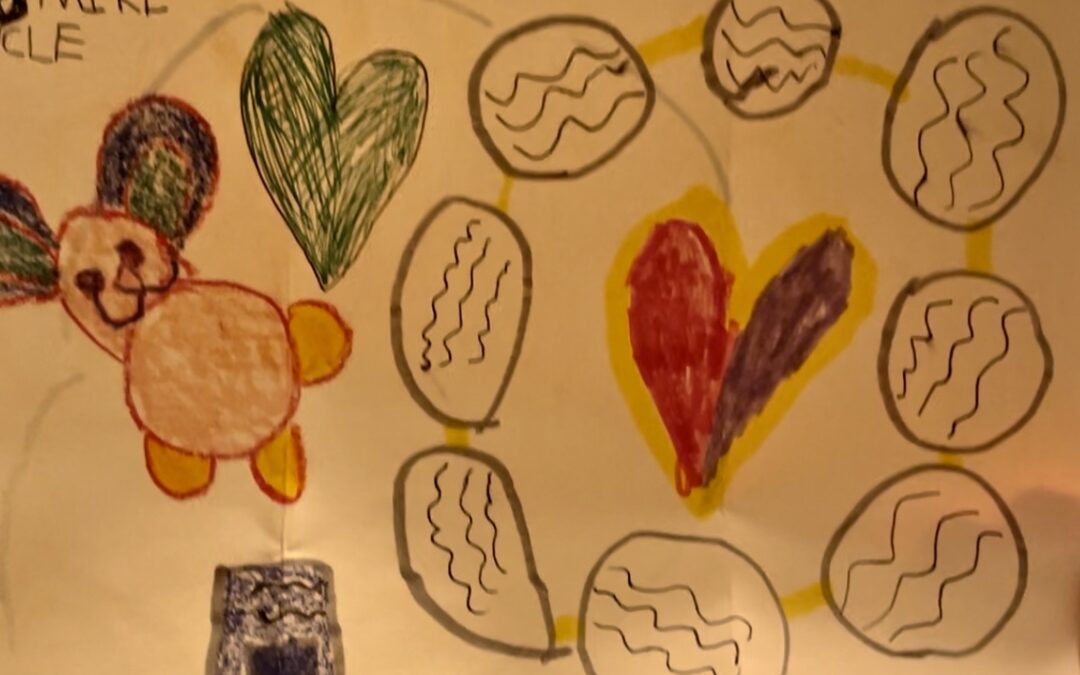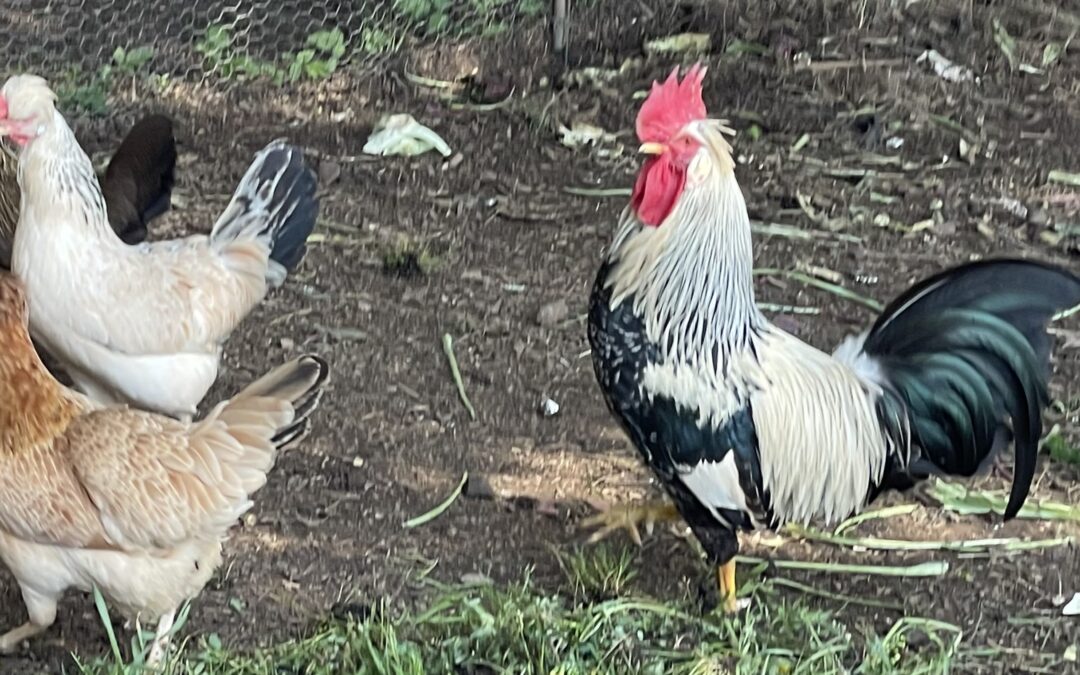
Let’s Start Pooping in the Right Place
The fall weather is upon us. The days are getting shorter and nights are getting cooler. Since chickens can’t see well in the dark, they start heading to bed much earlier and sleeping in much later. Even Sven, our sweet rooster, delays his crowing until about 5:30 in the morning (a nice change from the 3:30 AM start in the peak of summer). Hens need about 15 hours of daylight to lay an egg, so unless I add light to their coop, this also means that my egg production is on the decline. The good news is that I do have some pullets (hens that are less than a year old), and once they start laying, they will lay throughout the winter (oh, the joys of being young). So in the next few months, egg production will start to increase again.
However, the biggest challenge for this time of the year is making sure the chickens are prepared for winter. They need enough warmth in the coop during those cold spells we tend to get in the Pacific Northwest. (I know, it’s nothing like the insane winter temperatures the Midwest experiences.)
The tricky part is that I don’t have power available at the coop. So, I’m forced to find other ways to generate heat. Every summer, I completely empty out the coop and fill it with fresh pine shavings. I need to do this early enough in the summer so that the poop the chickens drop on to the shavings as they roost at night has enough time to start decomposing, which generates heat. By the time the cold weather comes around, the goal is to have at least 4 inches of fresh and not-so-fresh shavings on the bottom of the coop.
This all sounds great except that my pullets are currently not being allowed to roost in the coop. They are being forced to cuddle up in the nesting boxes. Last week, I spotted five hens and one rooster roosting on the roosting bars, while the other 11 (a combination of cockerels and pullets) were crammed into the two nesting boxes. If one of them tries to roost, one of the older hens pecks at him. So how do I get my youngsters to start roosting and pooping in the main part of the coop?
I should have seen this coming, as the same thing happened last year, but I neglected to do anything about it. And so, in an effort to stop this vicious cycle, I’m going to fix this issue, once and for all.
This is a common challenge for my clients as well. They know they need to focus on fixing certain issues in the business, but without a strong commitment and focus, things just keep rolling along, albeit with a bit of frustration. One of the tools that I teach them is the importance of setting rocks. Rocks are just 90-day business priorities. The term “rocks” came from Verne Harnish’s concept of life being a glass jar, and we decide what to add to our glass jar. We have rocks (the big priorities), pebbles (day-to-day tasks), sand (daily interruptions) and water (everything else). Most people start by adding water, then sand, then pebbles and ultimately don’t have room for rocks. So, I encourage my clients to start with the most important priorities and then add the pebbles, sand and water.
As the leadership team comes together, they look at their 3-year picture and 1-year plan and then come up with the most important things they need to focus on in the upcoming 90 days. We start with what the company needs to focus on, then expand to what each member of the leadership team needs to focus on. Ultimately, we want to end up with 3-7 rocks for the company and 3-7 rocks for each member of the leadership team. I encourage them to write SMART goals (Specific, Measurable, Achievable, Realistic and Time-bound), or at least define what “done” looks like. Once the team agrees on the priorities, everyone goes back to work with a focus on getting those rocks completed.
In a recent session with a client that has been running on EOS for a while, I was able to observe them really challenge each other on what the priorities were and what they could realistically complete in the next 90 days. It took a while for the team to hash out the priorities to the point that every member of the team was excited and ready to get to work on getting them done.
Unfortunately for me, my hens are not aligned around my rock of getting everyone roosting at night and pooping in the right place. This makes my job quite a bit harder, but I am determined to apply the necessary focus to complete this rock so I don’t let my flock down.
How about you? Do you know what your business priorities are for the next quarter? Is the team working together to ensure those rocks are completed? Or do you feel like you are a bunch of chickens pecking at each other and preventing progress? A new year is just around the corner, and if you want to set yourself up for success for 2024, reach out to me today. I can help your team work together to achieve a vision that is beneficial for all of you!








